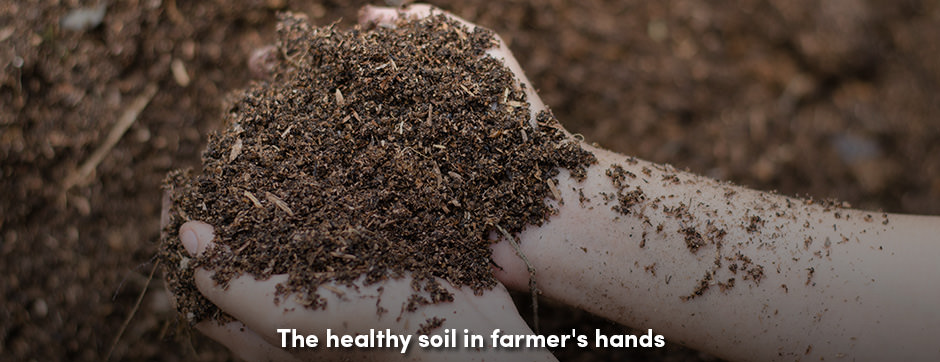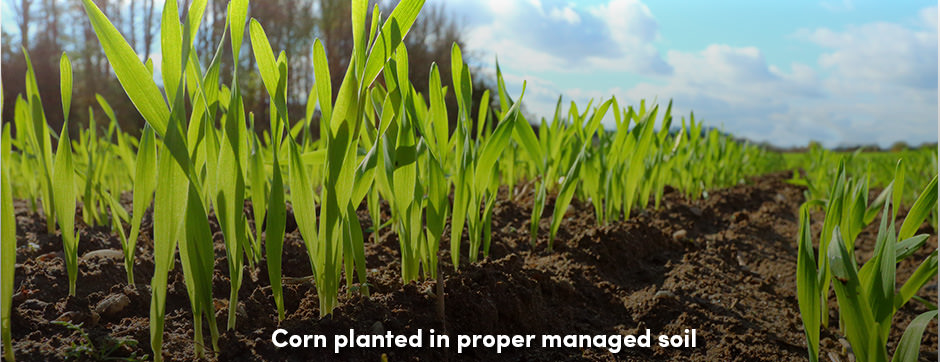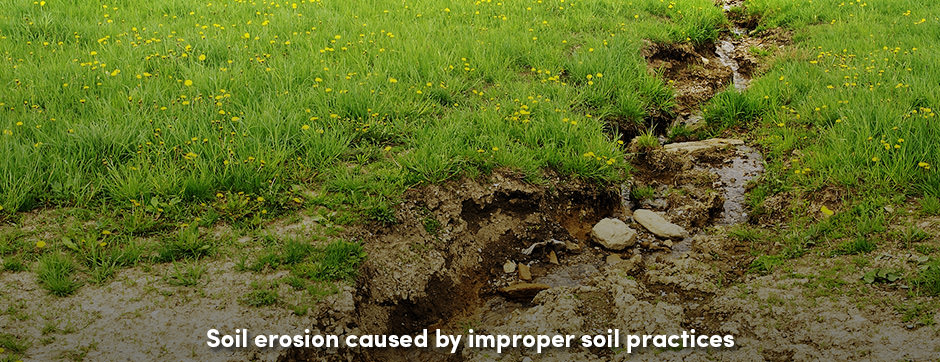Loamy, or sandy, red or brown soil is one of the most important resources for man. Although it can vary in texture, color, and property type, soil represents the foundation for global crop production. The factor that makes it so vital for crop production is its composition. So, what is hidden inside of it?
The soil is alive. It is home to a great number of living organisms such as bacteria, fungi, protozoa, nematodes, algae, mites, worms, ants, maggots, and other microscopic insects and animals. These are all important for the creation of humus, the main part of soil organic matter.


Soil management practices differ from farm operations and crop growth stages. The first step in growing crops includes a set of activities for soil preparation. These field activities that will benefit soil management are:

The soil is alive. It is home to a great number of living organisms such as bacteria, fungi, protozoa, nematodes, algae, mites, worms, ants, maggots, and other microscopic insects and animals. These are all important for the creation of humus, the main part of soil organic matter.

Soil Management Practices
Because soil is a primary resource for crop production and the most important asset that farmers can hold, it requires special care and management practices. We all know that the essential elements for plant growth are soil, water, sunlight, and preferable temperatures. But these elements are not always sufficient in achieving high yields in crop production. Specific management practices, which provide healthy and fertile soil, must also be developed and implemented with fidelity. These practices include:- Proper soil tillage
- Balanced fertilization management
- Sufficient water, whether from rainfall or irrigation systems
- Proper protection management against various insect pests, weeds, and diseases.

Soil management practices differ from farm operations and crop growth stages. The first step in growing crops includes a set of activities for soil preparation. These field activities that will benefit soil management are:
- Undermining or mole drainage – where standing water and soil porosity problems occur
- Plowing – classified as very shallow, shallow, or pre-sowing plowing; this will depend on crop type, previously grown crops, and the time of sowing
- Disking
- Harrowing
- Rolling.
Consequences of Poor Soil Management
Soil is a non-renewable natural source, which means that it cannot be regenerated during a lifespan. Therefore, care should be taken to preserve and sustain the soil in order to provide proper media for plant growth. Improper soil management practices and heavy tillage can lead to soil erosion, which can futher lead to:- Loss of topsoil
- Reduced crop productivity
- Pollution of watercourses, wetlands, and lakes.






